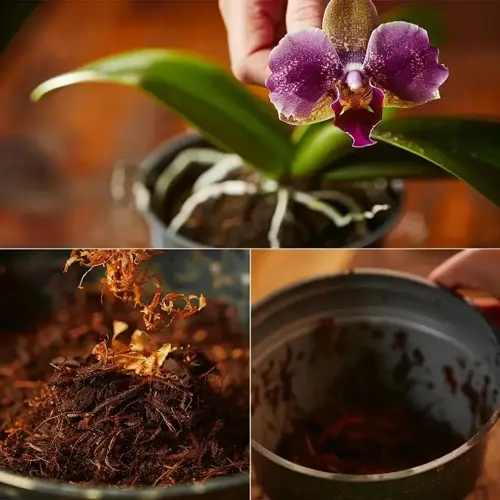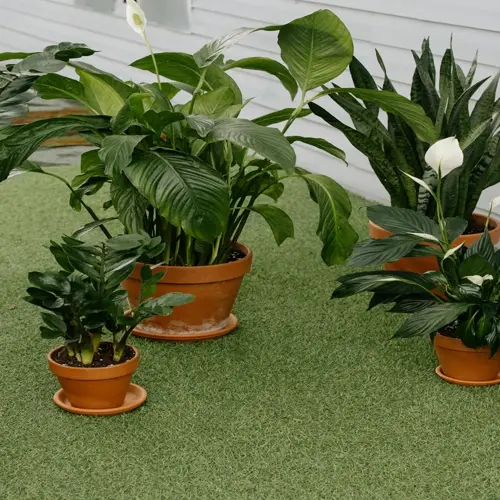What immediate steps fix pet urine brown spots?

Written by
Michael Sullivan
Reviewed by
Prof. Martin Thorne, Ph.D.Brown patches from pet urine are caused when nitrogen and salts accumulate and burn the roots of grass. If you react fast enough, you can avoid permanent damage. I have saved many lawns by advising my clients of immediate response tactics for the novelty of fresh accidents before they have a chance to turn into stains.
Fresh Urine Response
- Flush immediately with 1 gallon water per 10 lb pet weight
- Apply enzyme cleaner to break down urea compounds fast
- Lightly rake area to distribute urine concentration
Established Spot Repair
- Remove dead grass and loosen top 2 inches of soil
- Mix gypsum into soil to neutralize salt buildup
- Apply urine-resistant seed like fescue blends
Prevention Strategies
- Create gravel potty zones with drainage away from lawn
- Adjust pet diet to reduce urine nitrogen concentration
- Train with positive reinforcement using designated areas
The correct use of gypsum applications is critical for recovery. Calcium sulfate causes sodium ions to be excreted in urine. We recommend applying 5 pounds to 100 square feet and incorporating it into the topsoil before reseeding. This mineral amendment enhances soil structure while promoting rapid burn recovery in several days.
Select grass types that are urine-tolerant. Tall fescue has a higher tolerance to nitrogen than Kentucky bluegrass does. Add clover to the seed mixtures to help absorb the extra nitrogen. I suggest overseeding existing lawns with these types ahead of any damage as a form of protection.
Consistent training in positive reinforcement will yield the best results with pets. After meal times, take them to the gravel zones and treat them. Install motion-activated sprinklers around areas with grass that you are trying to protect. This should reduce accidents by about 80% in three weeks with daily use.
Check repaired areas each week. New growth is expected to occur in approximately 14 days. If urine damage occurs again, you may want to consider making dietary changes or consulting a veterinarian for a thorough examination. A healthy lawn can fully recover in six weeks with the application of top dressing gypsum and a suitable reseeding method.
Read the full article: Brown Patches Lawn: Causes and Solutions

